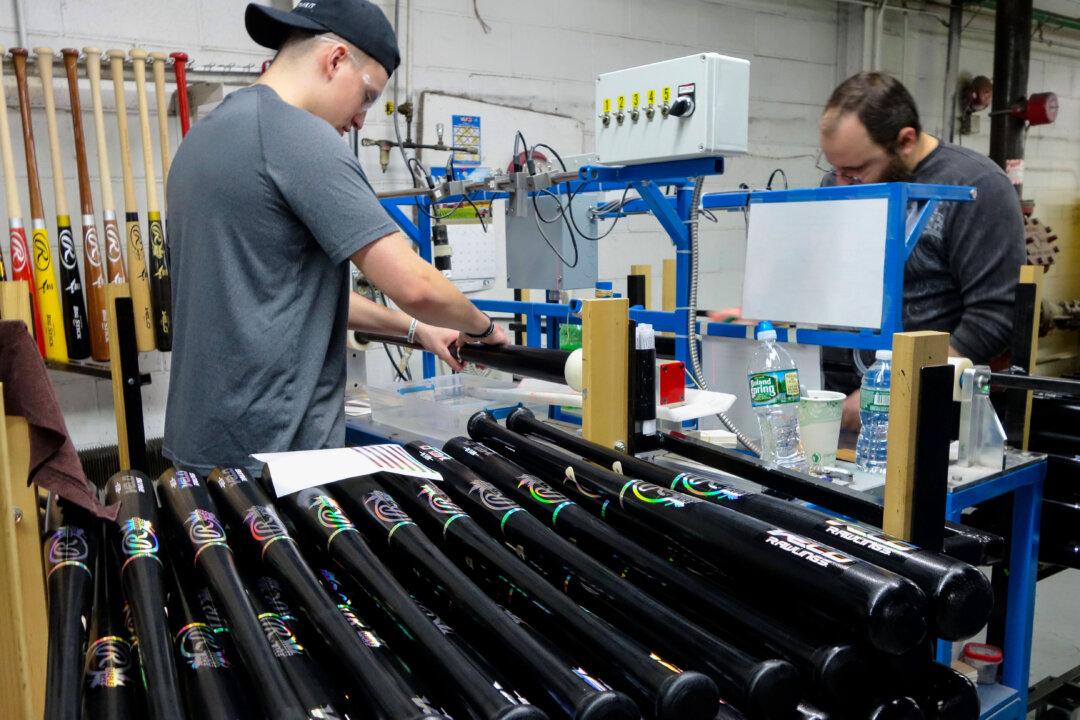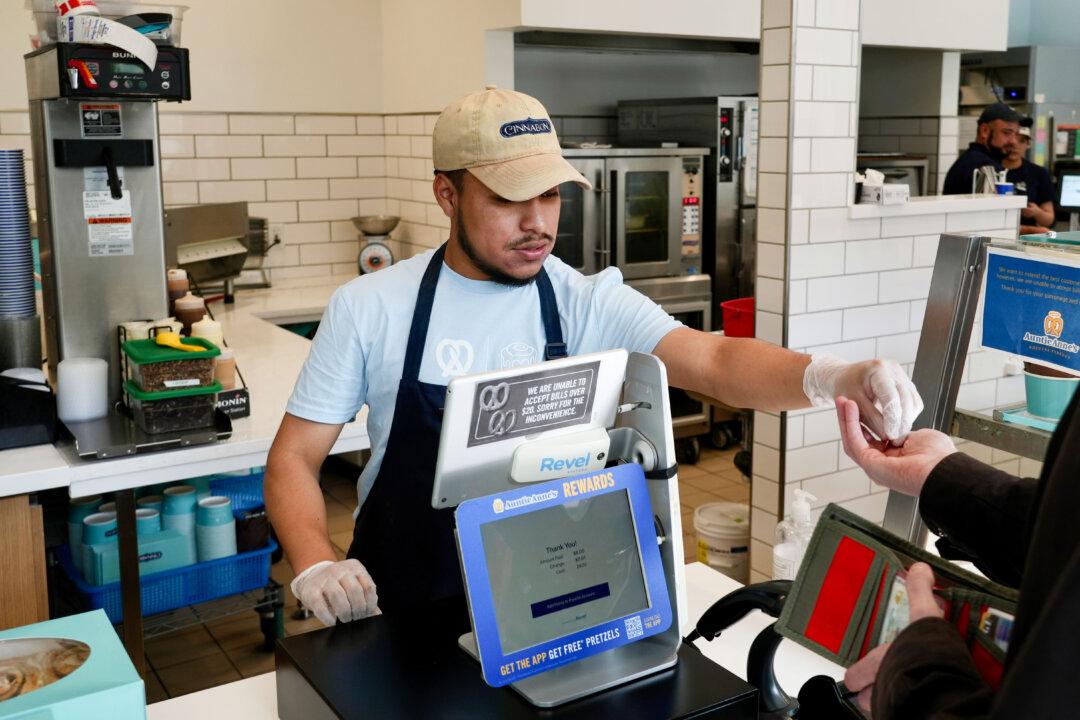Many of this summer’s Generation Z college graduates are immediately getting a reality check with large school debt and few job guarantees after college graduation. This dilemma is why many are now suggesting that encouraging high school graduates to learn skilled trades not only is a suitable alternative but also could save several industries that are desperate to find new workers.
From plumbers and electricians to welders, auto mechanics, and construction workers, skilled trade jobs far exceed the number of people available to fill them.
According to a recent study by management consulting firm McKinsey, from 2022 to 2032, annual hiring in trades is expected to be more than 20 times the projected annual increase in net new jobs, costing companies more than $5.3 billion annually.
With a renewed focus on the lack of skilled trade workers, 47 states in 2023 enacted 115 policies related to career and technical education (CTE), according to the nonprofit Advance CTE, which represents state CTE directors.
Part of the issue of the dearth of skilled trade workers needed for jobs is the stigma attached to choosing that career path over college, according to Kevin Koehler, the president of the Construction Association of Michigan (CAM).
“Obviously, that’s an issue with students coming out of high school. What they don’t realize is that trade jobs offer complete benefits, with some providing over $100,000 a year to provide for your family,” he told The Epoch Times.
However, one thing that could energize Gen Z students is the technology component that now exists in many of these available jobs, Mr. Koehler said.
“Everything is going computerized, from building online modeling, the use of drones on job sites, and a ton of 3D printing. That is adding to new attraction for some of these students,” he said.
However, manufacturing-rich states such as Michigan are being especially hard-hit by the shortage of skilled trade workers. According to the Michigan Department of Labor and Economic Opportunity, skilled trade positions alone will account for about 47,000 annual job openings through 2028.
Mr. Koehler says one of the more significant factors he’s seen is the lack of emphasis on skilled trades in many high schools nationwide, including Michigan.
“Shop and arts classes are the first things to go in school budget cuts,” he said. “We’re doing a lot of advocacy and are constantly in front of the Michigan Legislature, asking for money to support some of these things. Listen, students need to be told they’re going to come out of these trade programs with a certificate to get a job and not $124,000 in debt at college.”
Labor a Top Concern
The National Association of Home Builders found in a survey that labor is a top concern for the industry, with 85 percent expecting future cost and availability problems, up from 13 percent in 2011.For more than a decade, automotive repair shop owners have struggled to find enough technicians to work on the cars their customers bring in. A recent study from the TechForce Foundation showed that the number of graduates completing postsecondary programs in the automotive sector has dropped by 20 percent since 2020, with 11.8 percent of the decrease occurring in just one year. TechForce reported that the United States will need more than four times more automotive technicians than will graduate in the next five years.
This dilemma is familiar to those trying to run small auto repair shops efficiently, such as Nicole Miskelley, the manager of PMR Auto and Diesel Repair in Marion, Illinois.
“We’re definitely still struggling in finding mechanics and are regularly short and right now have five [repair] bays and only three technicians, including the owner,” she told The Epoch Times.
Ms. Miskelley said that the types of vehicles coming into her shop now for repair are making it even more challenging to find mechanics with the skill levels to repair them.
“Cars now aren’t what they were 20 to 30 years ago,” she said. “There’s a lot of electronics involved and mechanics have to learn programming. You can’t even fix brakes on some cars now without knowing how to turn off the electronics to get to them. Kids are still being pushed to go to college and not to learn trades.”
Recruiting for PMR has become so difficult that the company is now posting job listings in Chicago, more than five hours away from Marion.
“Honestly, the best we can hope for is that they want to get out of the city and move here for a simpler life and have a job when they arrive,” Ms. Miskelley said.
The nation also is struggling to find plumbers, pipefitters, and steamfitters. The U.S. Bureau of Labor Statistics estimates that between now and 2031, there will be 48,600 vacancies in those skills.
One of the bigger obstacles for people such as Mr. Koehler and CAM is teaching schools, parents, and students that there are available trades jobs for which they may be more qualified than the skills they could achieve with college degrees.
“They’re being told to go to college and be a doctor, but not everyone is cut out for that. There are a lot of intelligent people who should be entering the trades because of the money involved,” he said.
“The sky is the limit for them and they can even end up starting their own company. Listen, AI technology is great, but they haven’t figured out how to use it to build new buildings yet.”







